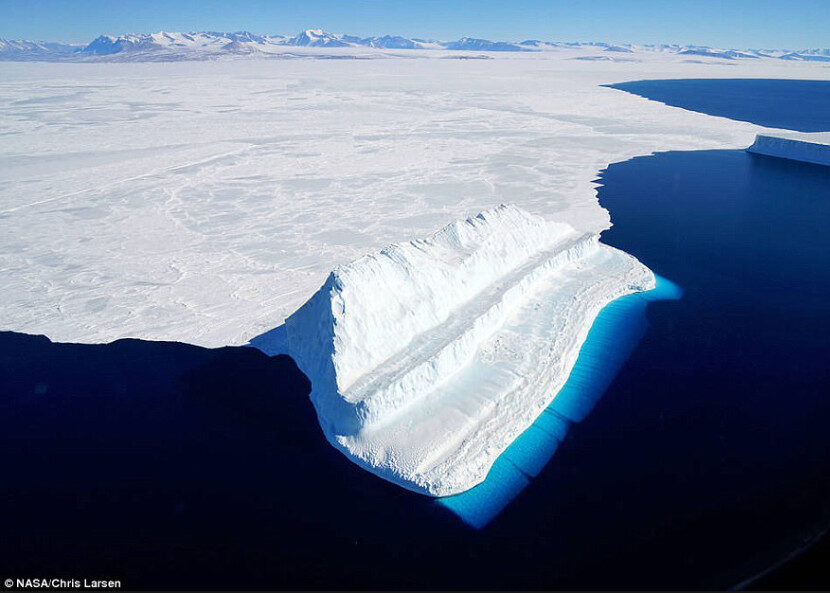OF THE
TIMES
I have wondered whether she is a trans, because she wears a blouse that covers her neck (adams apple). Very few photos on line. Here is how she...
"....will probably be the last election actually decided by US citizens ." what a freakin joke , when was the last time any election was decided...
Another 'inconvenient' climate change truth emerges - this time about rising sea levels. A few metres now is nothing compared to 100 metres then.
I wonder if a detailed analysis of these shortages would reveal a pattern, and therefore the possibility that this might be deliberate. These days...
SURRENDER OR DIE: Russian Army Broke Through The First Line Of The Enemy's Defense In KHARKIV OBLAST May 12, 2024 [Link]
To submit an article for publication, see our Submission Guidelines
Reader comments do not necessarily reflect the views of the volunteers, editors, and directors of SOTT.net or the Quantum Future Group.
Some icons on this site were created by: Afterglow, Aha-Soft, AntialiasFactory, artdesigner.lv, Artura, DailyOverview, Everaldo, GraphicsFuel, IconFactory, Iconka, IconShock, Icons-Land, i-love-icons, KDE-look.org, Klukeart, mugenb16, Map Icons Collection, PetshopBoxStudio, VisualPharm, wbeiruti, WebIconset
Powered by PikaJS 🐁 and In·Site
Original content © 2002-2024 by Sott.net/Signs of the Times. See: FAIR USE NOTICE


Reader Comments
WHAT IF!!!!
[Link]
There is an alternative way to regard the warming AND VIRUS PANDEMIC hysteria; that way suggests that warming hysteria and the virus pandemic was invented as cover to divert World and popular attention away from something far more calamitous, even more immediate.
The Earth, in it’s celestial orbit, for about the last thousand years, has been in the position where it has always been subject to an Ice Age; The astronomers and scientists who know, say it is imminent; brief review of weather over last twelve months, seems to point that way in support.
Here is the rub! in shorthand version; if one considers all the remedy’s proposed to ward off “Warming” and the killer virus, and then compare that consideration, with the possible onset of an “Ice Age”, you are obliged to realise, that all such afore mentioned warming and virus remedy’s will actually be made real, whether humanity likes it or not. Will you imagine, the terror and turmoil that will ensue, once great swathes of humanity realise, that they live on land soon to be too cold and maybe miles deep under glaciers. Amen it is written.